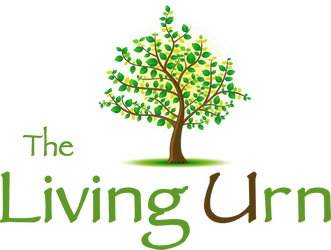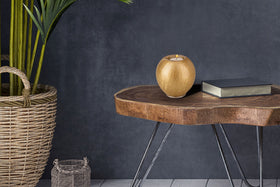
The Eastern Redbud: A Stunning Spring Tree!
The Eastern Redbud Tree, known as the harbinger of Spring, provides one of the most breathtaking displays of the season! It is a smaller-sized, hardy tree that is a favorite of many to plant in their yard and beautify the landscape!
Beauty of the Eastern Redbud

Stunning lavender-pink blossoms appear in dramatic fashion on the Eastern Redbud in April and last for multiple months in most areas.
In addition to its spectacular flowers, this special tree displays amazing colored foliage throughout the year with reddish-brown leaves changing to dark green then to yellow in the Fall. The leaves are heart-shaped, making for a beautiful symbolic display of love (especially if planted as a memorial tree!).
In addition, the Eastern Redbud has a highly unique and irregular branching pattern that typically divides off from the trunk close to the ground. This only adds to its beauty and creates a very handsome, spreading and often flat-topped crown. Even in Winter months when it is covered in snow, the Eastern Redbud still has a way to display a quiet beauty. This elegant species is a wonderful addition to any space!
Wildlife Attraction to the Redbud

The seeds of the Eastern Redbud are a favorite of the northern bobwhite and certain songbirds, such as chickadees. This special tree is also commonly used as a nesting site for many birds and shelter for other animals
History of the Redbud

The Eastern Redbud is native to North America with related trees in Europe and Asia. It was believed to be first cultivated in 1811. The Spaniards noted Redbuds and made distinctions between the New World species and the related trees in the Mediterranean region in 1571.
George Washington noted in his diary multiple times about the sheer beauty of the redbud tree and spent many hours in his garden transplanting redbud seedlings that he obtained from a nearby forest.
The Eastern Redbud was adopted as the State tree of Oklahoma in 1937.
Eastern Redbud Memorials

The Eastern Redbud is a common memorial tree chosen by families throughout the country. This is because of many reasons, including:
- Brilliant color and sheer beauty
- Smaller tree that fits in most yards
- Hardy and can withstand many different climates and soil conditions
- Fast growing to maturity
- Heart-shaped leaves provide symbolic meaning to many
For more information on planting an Eastern Redbud with The Living Urn, click here.
Testimonials
The Living Urn has received many beautiful reviews and testimonials from families who have planted a bio urn tree memorial with an Eastern Redbud Tree. Below we highlight a touching testimonial (including a picture of the memorial tree) that we received from a family...

My sister Kathleen died in a car accident on May 6, 2016. Our family knew that cremation was the best option for our situation, but we really didn’t have any experience with cremation as most of our family members who had passed had opted for traditional burials. When the time came to choose an urn, my sister’s fiancé said that The Living Urn really spoke to him as being something that she would have wanted. She was a very giving person in life, and this would be a way for her to continue giving even after her death.
We all agreed that we were open to this option, as long as we could find the right place to plant the tree. We wanted to make sure that the tree wasn’t planted on land that would be sold in the upcoming years, and it needed to be somewhere that would allow access to whoever wanted to visit. In the end, the right place ended up being on our church property (with their blessing, of course). Our congregation was blessed to have a couple acres of land, and it is the same church that baptized Kathleen in 1984 and where our family still attends.
We wanted to choose a tree that had pink or purple blossoms (her favorite colors), and the wonderfully helpful staff at The Living Urn suggested the Redbud tree. The tree arrived at the funeral home with everything we needed to plant. We all gathered together on a June evening – our parents, Kathleen’s children and fiancé, along with other family members and friends. As much as we expected this to feel like a traditional burial, it was so different – it wasn’t that we were burying the person we loved, we were starting a new life with her remains, something that would grow and flourish. She would live on not only in our hearts but through this tree as well. I will not soon forget watching her 12-year-old daughter and 8-year-old son as they help to dig and fill in the hole for their mother’s resting place. We were still feeling sadness, sure, but there were no tears because it wasn’t the end – it was just the beginning.
She rests on the crest of a hill just to the west of the sanctuary were we attended church. The tree overlooks the old church building where she was baptized. Within two weeks of planting, the tree had sprouted little heart-shaped leaves, which are now larger than my hand. The trunk of the tree was skinnier than a pencil when we planted, but is now at least an inch in diameter. The tree is thriving! We visit her every Sunday when we come and go from church. It’s a continual connection with Kathleen, and has really been a positive silver lining on the dark cloud of her death.
The Living Urn was the perfect choice for us and we would definitely recommend it to others considering their aftercare options. The staff was so helpful and patient with my endless questions, and the bamboo urn holder was a beautiful addition to the funeral ceremony. On behalf of our family, thank you for offering this wonderful alternative to traditional burial, and thanks to your staff for their excellent and compassionate service. ~Christy



